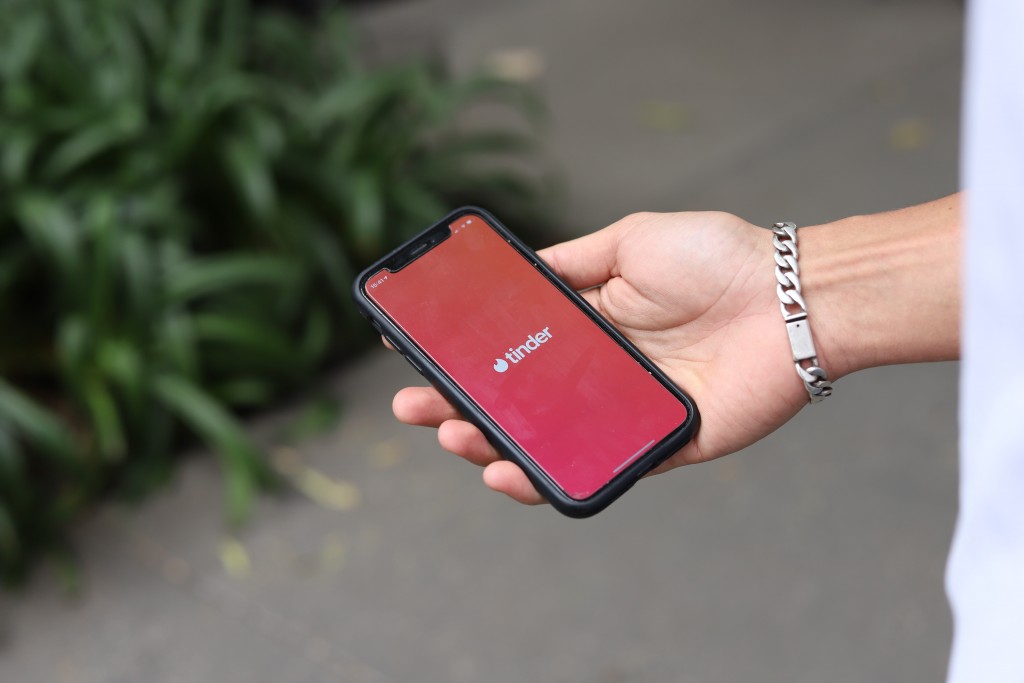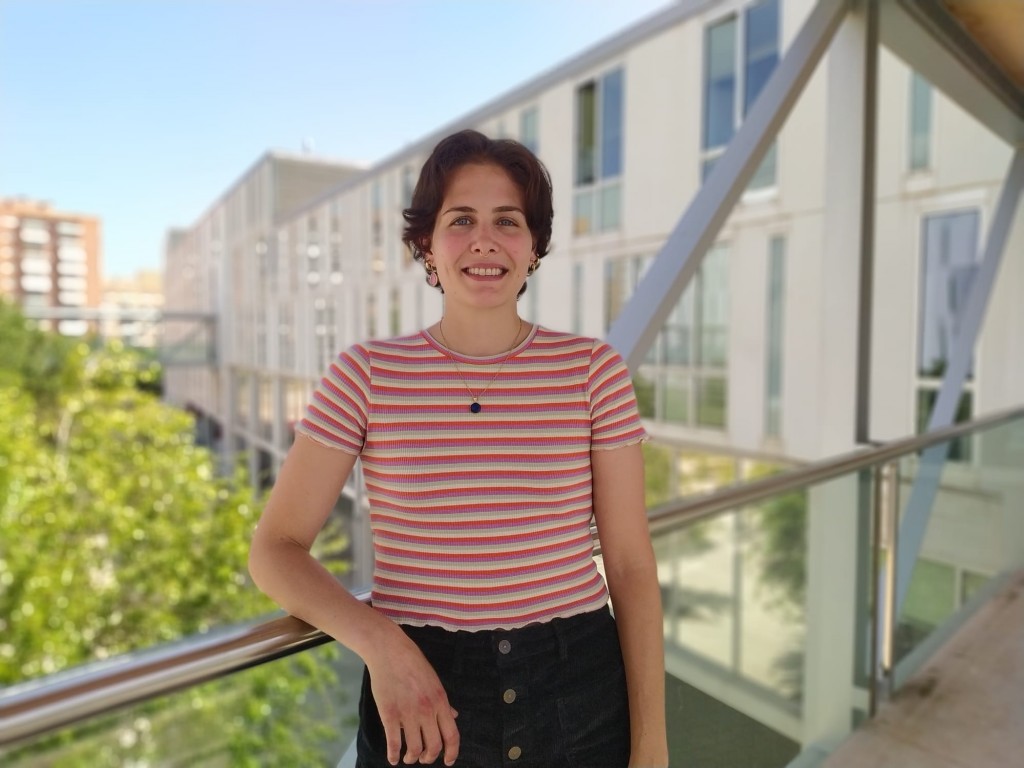30/08/2023
Most mobile dating apps do not take gender identity into account
A URV researcher has analysed the implications of these tools on the experience of users. The main conclusion is that they are still close to the traditional gender binary system

A URV researcher has analysed the implications of these tools on the experience of users. The main conclusion is that they are still close to the traditional gender binary system
Only a few dating apps break away from static and binary gender identities, and offer a list of gender and sexual identity categories. This is the main conclusion of a study led by Giulia Campaioli, Martí and Franquès COFUND researcher at the Department of Anthropology, Philosophy and Social Work at the Universitat Rovira i Virgili (URV), which has analysed how 12 mobile dating apps approach this issue.
More and more people are meeting new people and fostering new connections online rather than meeting in person through friends, at work, and so on. As Campaioli explains, “the origin of these apps can be traced back to personal ads in newspapers and marriage agencies, and then to the first dating websites in the early 1990s and the first dating app in the late 2000s.” Today, there is a wide range of dating apps available and it is estimated that they are used by more than 300 million people worldwide. However, few studies have investigated how gender is constructed through the possibilities of categorisation when creating profiles in these apps.
The research focused on the categories offered by these apps for users to state their gender and sexual identity. The researcher looked into 12 apps: Grindr, Tinder, Badoo, Once, happn, Feeld, Romeo, Her, Zoe, OkCupid, LOVOO and Taimi. One of its findings is that popular apps such as Tinder and Badoo group “non-conforming” identities into a category called “other”, which “does not really accommodate non-binary identification, as users are forced to select a binary-aligned gender that informs the algorithm,” explains Campaioli.

To extract the data for the study, the researcher went through the apps by registering as a new user. She categorised the apps into three groups: binary, which maintains a clearly binary and static understanding of gender; list, which provides plural and dynamic gender identifiers; and ternary, which provides diverse gender and sexuality identifiers, but also forces people using these apps to decide whether they want to be included in searches for men or women.
She found that, when it comes to sexuality, users can select a sexual identity label from a list but are forced to choose one of three options for the profiles they wish to view: men, women or both. Again, this design materialises gender as a binary category, whether people are interested in men, women, or both.
While all dating apps offer users the ability to change their sexuality identifiers, apps classified within the binary cluster did not allow users to change their gender without seeking help from customer service. This design choice, for the author of the study, is intended to prevent men who are frustrated with messaging restrictions from circumventing the limitations by temporarily adopting a female gender label.
On the other hand, all other apps allow users to change their gender identity at least twice. “This reflects a more flexible and dynamic understanding of gender identity,” explains Giulia Campaioli. These design choices influence the users’ experience in complex ways that depend on the interaction between users, algorithms and platform developers.
Focus of harassment and violence
LGBTQAI+ people have been using these technologies since their inception. Grindr has become one of the first apps to introduce geolocation and cater for men seeking men. Many dating app companies have implemented LGBTQAI+ compliant policies to create safe spaces for all users. Despite these attempts, Campaioli says that “it seems that users who do not conform to gender and sexuality have to cope with various forms of harassment, violence and censorship on these platforms. They are also vulnerable to more subtle forms of symbolic violence embedded in the design of digital technologies.” At the same time, “characteristics related to gender and sexuality serve as data collection strategies for mobile dating platforms, which use, analyse and sell this data so that the platform can operate, and for corporate interests,” she notes.
In the complex interplay between platforms, users and algorithms, data on gender and sexuality play a central role in recommending profiles to users. However, the inner workings of these algorithms are often difficult to understand, which makes it difficult to understand how they influence the user experience.
The needs of lesbian and queer people
“Future studies should focus on the experiences of queer women and lesbians who have profiles as men whom seem to be cisgender and heterosexual women to understand the influence of algorithms and the possibilities of gender and sexuality categorisation on users’ experiences,” she suggests.
This study, which has been published in a special issue of the scientific journal About Gender for thematic articles on the construction of gender and sexuality in and through mobile media, has received funding from the European Union’s Horizon 2020 research and innovation programme in the framework of the Marie Sklodowska-Curie Actions and the URV.
Bibliographic reference: Campaioli, Giulia (2023). Hiding the gender binary behind the other: cross-platform analysis of gender and sexuality self-categorization affordances on mobile dating apps, AG About Gender – International Journal of Gender Studies, 12(23), 64-97. DOI 10.15167/2279-5057/AG2023.12.23.2112.
